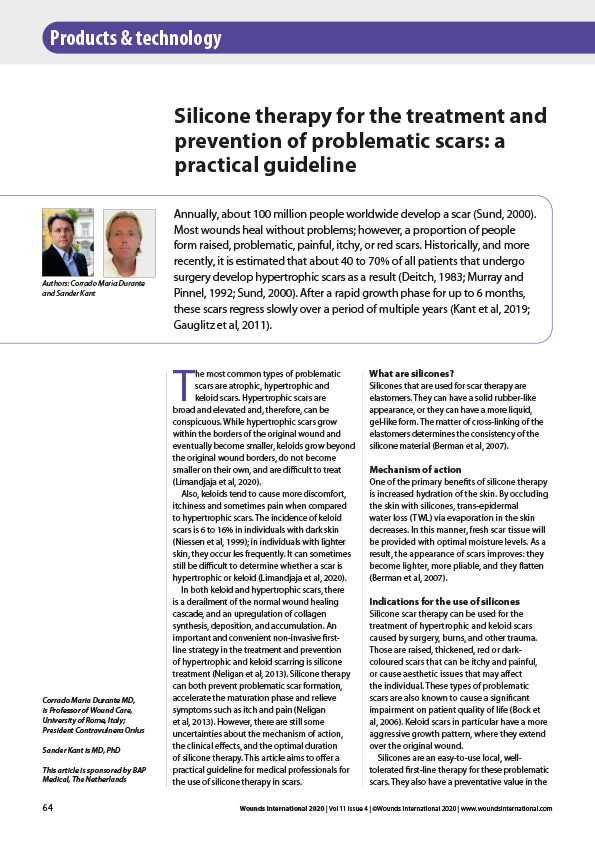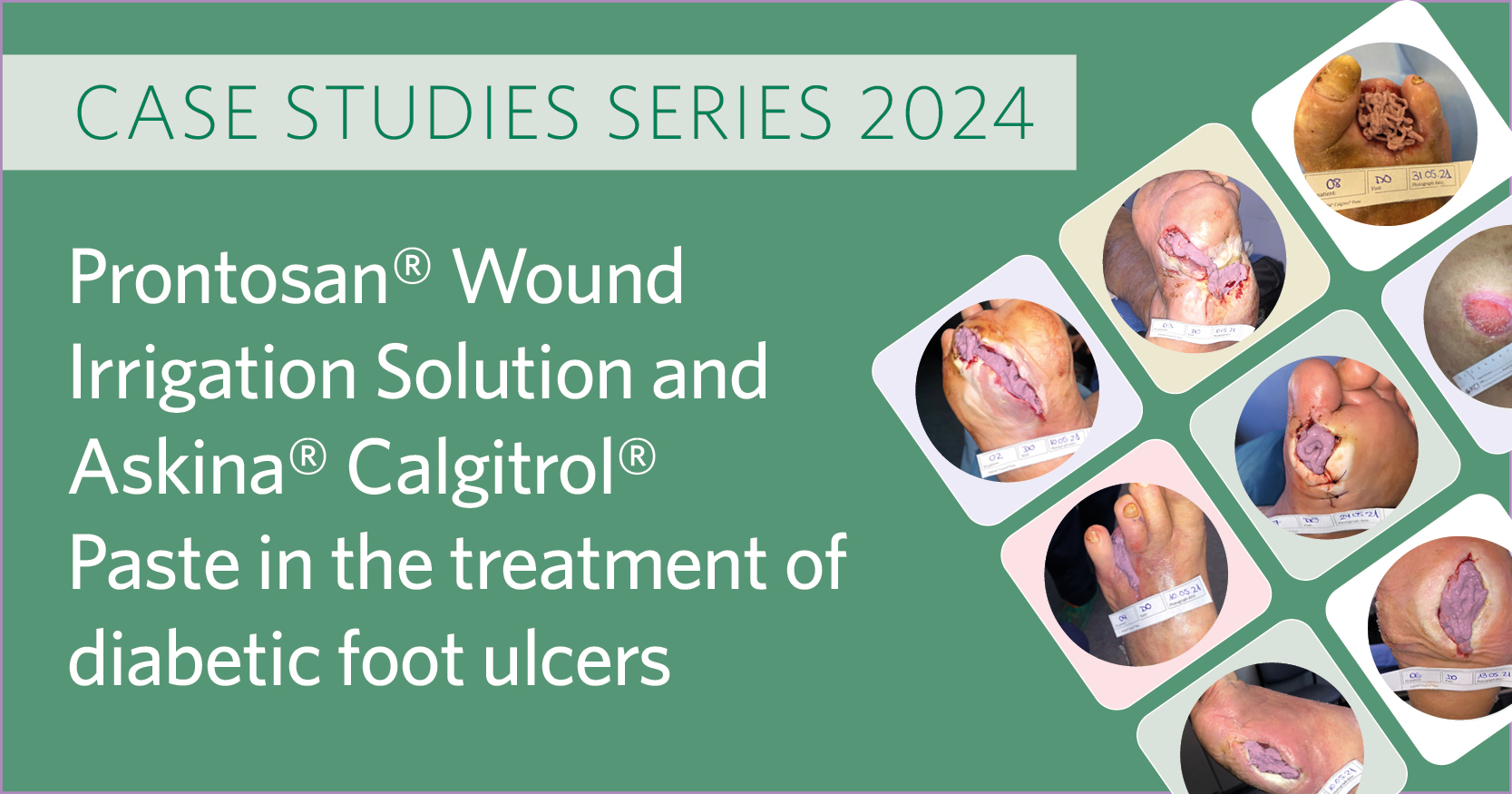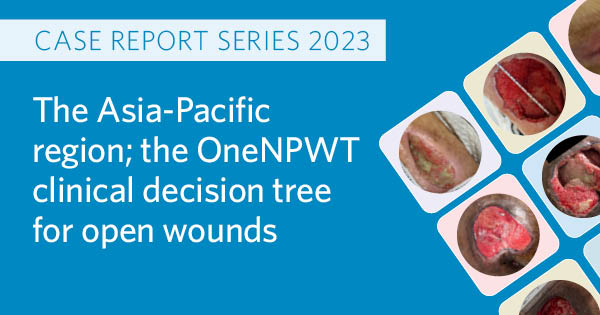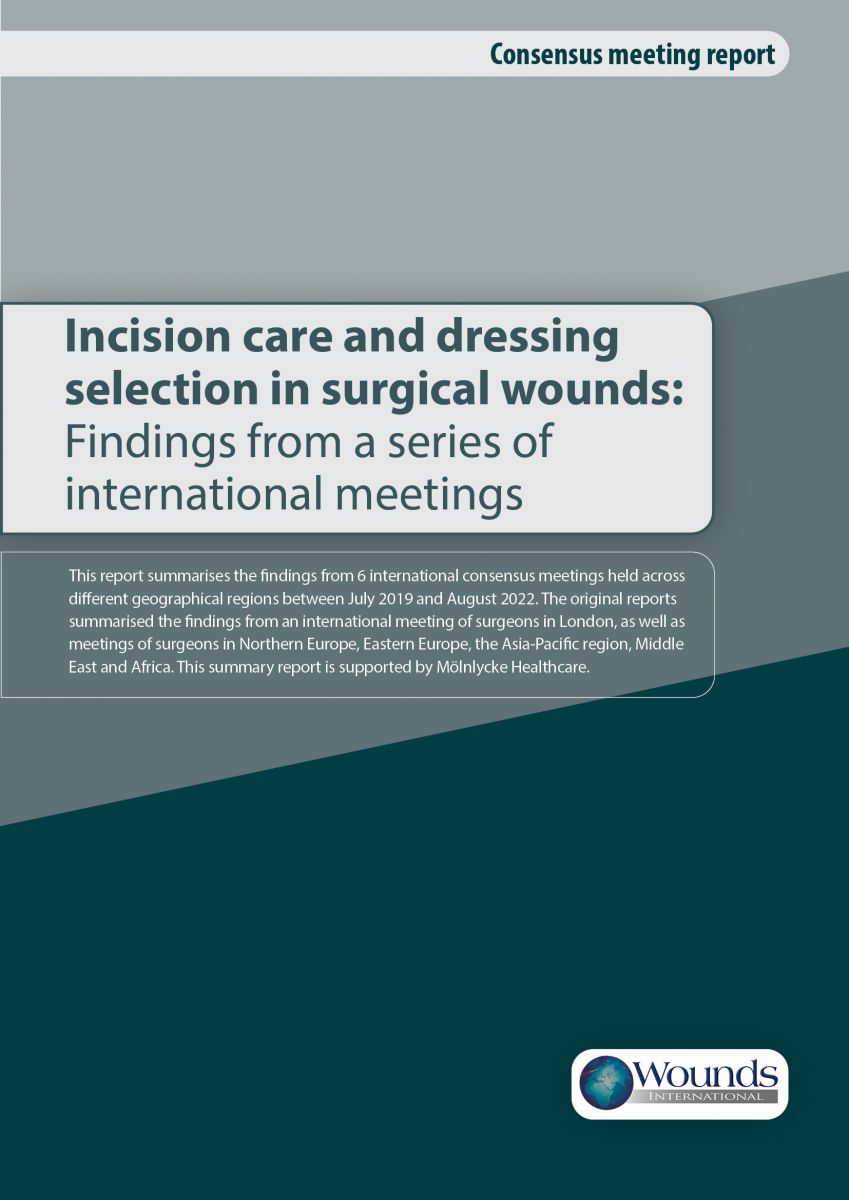Annually, about 100 million people worldwide develop a scar (Sund, 2000). Most wounds heal without problems; however, a proportion of people form raised, problematic, painful, itchy, or red scars. Historically, and more recently, it is estimated that about 40 to 70% of all patients that undergo surgery develop hypertrophic scars as a result (Deitch, 1983; Murray and Pinnel, 1992; Sund, 2000). After a rapid growth phase for up to 6 months, these scars regress slowly over a period of multiple years (Kant et al, 2019; Gauglitz et al, 2011).







